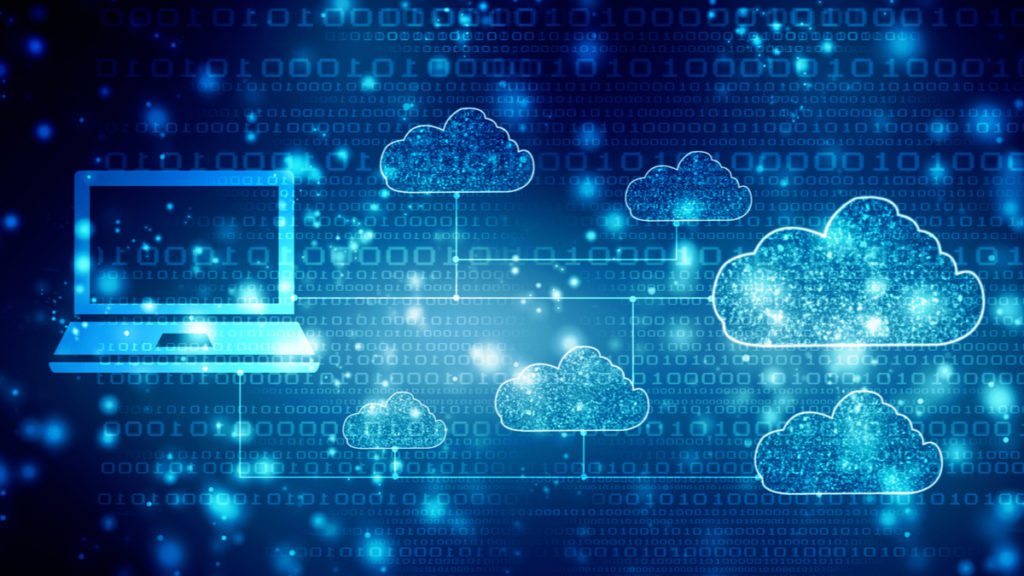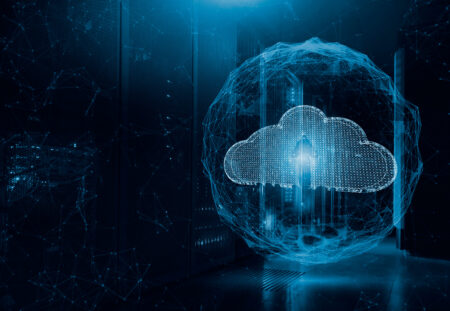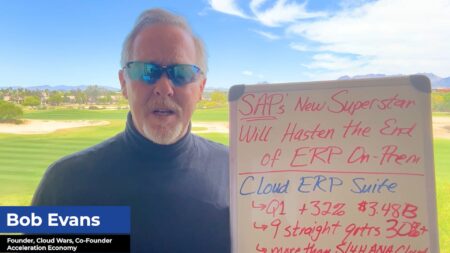
In today’s connected world, it is impossible to do almost any job without a computer and the internet. However, computers are quickly becoming commodity items, forcing organizations (and users) to frequently upgrade those devices to remain competitive.
For the end-user, purchasing some new piece of technology is usually rewarding and perhaps even exciting, especially when it is the latest laptop to hit the market. However, IT and purchasing departments have a different view, a new computer means business expenses, setup, and management. Power users may focus on the excitement of getting the newest microprocessor, expanded RAM memory, new hard drives, motherboards, GPUs, Graphics, and so on. However, IT needs to focus on deployment, management, and security. Often putting both at odds.
As a data scientist, I need to renew my laptop every 2 or 3 years. Some of my colleagues change their laptops every 6 months. But in my case, when acquiring a laptop I am aware that I’m purchasing a perishable piece of hardware with a limited utility life, that may be obsolete in 2 years or even less. To make matters even worse, I have to purchase the hardware and go through the acquisition, migration, and upgrades of a good number of applications. I also have to address the software licenses and subscriptions to multiple services that I need to perform my job. It doesn’t stop there, I also have to deal with the many external devices (docking stations, port adapters, cables, etc…).
All-in-all, it is not an enjoyable experience and I find it is very sad to see how the nice brand-new device, along with subscriptions and additions purchased will become obsolete in just 2 or maybe 3 years. Although I know the system still has some use after that time period, in the world of data science, that hardware will not have enough power to meet my needs.
What to Do About It?
In the last decade, cloud computing has emerged, creating much disruption, especially in the real of services, applications, and custom solutions. However, the evolution of the cloud did not just stop there, today we have Platforms as a Service (PaaS) readily available to meet many business needs. Those PaaS solutions are growing and evolving as well, and we are rapidly approaching the concept of a ‘Personal Computer Platform as a Service’. While the concepts of virtual PCs and PCs over IP are not that new, those were localized solutions that tied a user to some type of standardized device. Today, the cloud has overcome those limitations and can offer cloud-based PCs for both enterprises and businesses, but also for personal computing.
Thanks to recent advances, it is possible to set up Virtual Machines (PCs) running in the cloud with a ton of applications, and even more importantly, the underlying hardware will always be up-to-date, with super-fast connectivity, and can run pretty much on any device that supports a browser. That cloud-based PC should be able to run on a smartphone, tablet, modern laptop, old laptop, Chromebook, or the laptop I had 10 years ago. This is because all the compute power is not located on your physical device, all I need is an internet connection and a device with a screen and keyboard.
I have personally tried out cloud-based personal computers (virtual machines) and I was more than pleased to be able to run a 64MB 8 cores machine, that powered all of my Spark files, and I had access to all the tools, software, licenses, for just a couple of dollars. What’s more, I was able to accomplish all of that with a $195 Chromebook.
In other words, I was able to do high-end work on a cheap device for just a couple of dollars in access costs. I no longer had to worry about licenses, firewalls, computer crashes, antivirus, applications, software, and so on. And if I were to lose or damage my inexpensive Chromebook, it’s not a big deal – I can just pick up another and be right at work again. I would also like to point out there is not only a huge potential to save money but also the benefit of reducing e-waste.








